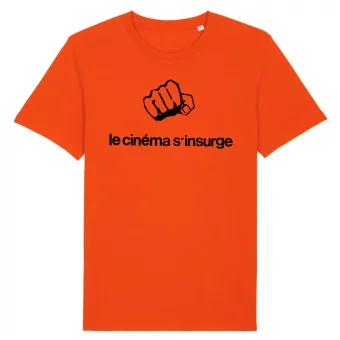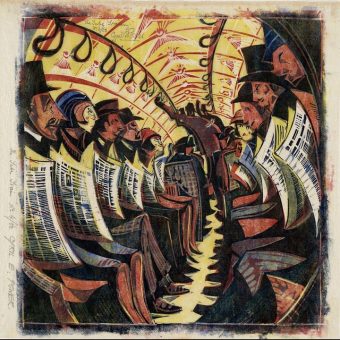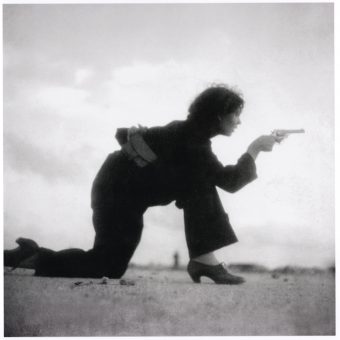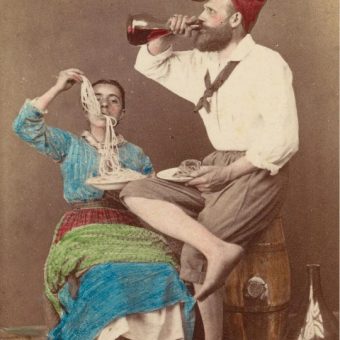“War, is, above all, grief. I photographed non-stop for years and I know that in all that time I produced only five or six real photographs. War is not for photography. If, heaven forbid, I had to photograph war again, I would do it quite differently. I agonise now at the thought of all the things that I did not photograph.”
– Dmitri Baltermants on war photography, quoted in The Russian War, 1941-1945, 1978
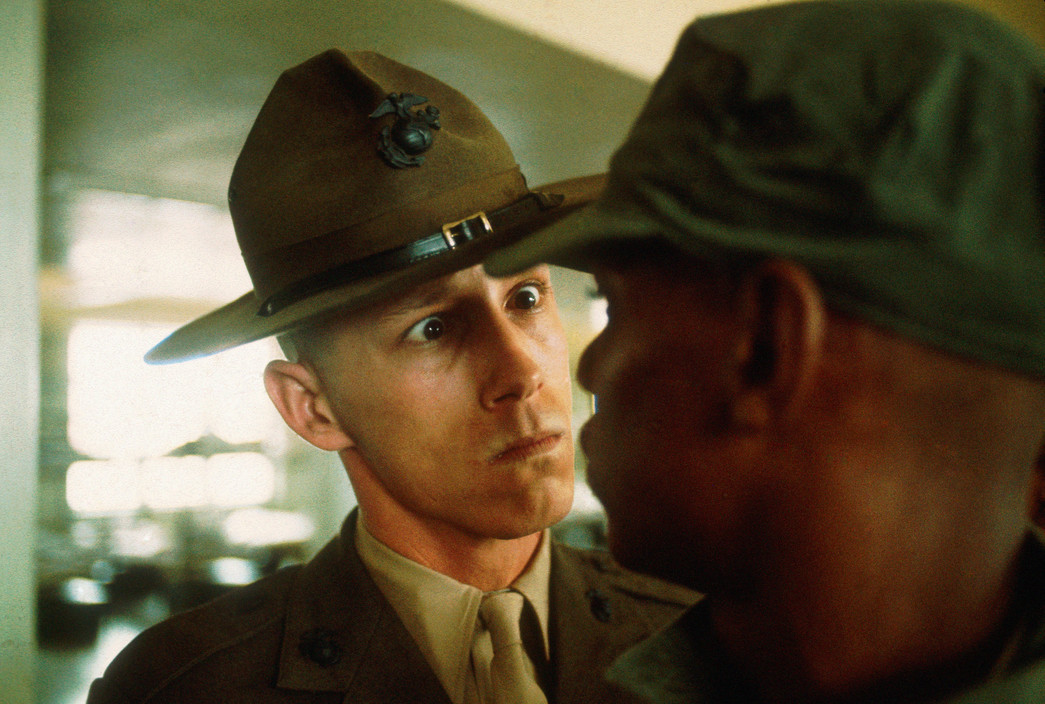
USA. Parris Island, South Carolina. 1970. A drill instructor delivers a severe reprimand to a recruit.
The picture (above) of the US Marine drill sergeant reprimanding a recruit at Camp Parris, South Carolina, was taken in 1970 by Thomas Hoepker (10 June 1936 – 10 July 2024). It’s the stand-out picture from a series the photographer took of would-be Marines being put through the wringer at boot camp and more progressed stages of instruction and exercise.
The photograph was part of WAR PHOTOGRAPHY: Images of Armed Conflict and Its Aftermath at the Museum of Fine Arts, Houston, Texas. It included hundreds of objects, including photographs by almost 300 photographers from 28 countries, books, magazines, albums and photographic equipment. The photographs cover conflict from the Mexican-American War of 1846 to the present day.
We see photographs from the Crimean War, like Roger Fenton’s controversial The Valley of the Shadow of Death (1855), Felice Beato’s photograph of Fort Taku in China during the Second Opium War (1860), Yousuf Karsh’s 1941 image of Winston Churchill, and Luis Sinco’s so-called Marlboro Marine (2004), of US soldier James Blake Miller after an assault in Fallujah, Iraq.
The exhibition shows photographs according to stages of the war: from the build up to war, to the fight, to victory and defeat, to aftermath and remembering. Overall, the photographs are a collective memory of the experience of war.
There is a great section on technology and media, looking at Roger Fenton’s horse-drawn photography van (paid for by the British government to document the Crimean War), Joe Rosenthal’s 1940s Anniversary Speed Graphic camera to pictures taken on an iPhone by photojournalist Michael Christopher Brown in Egypt during the failed Arab Spring.
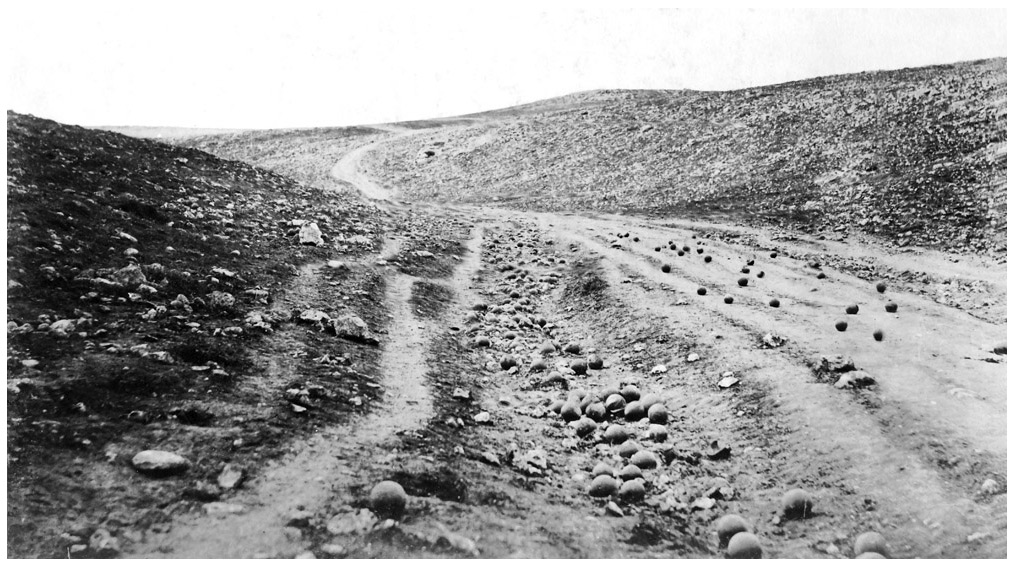
Roger Fenton (1819-1869), The Valley of the Shadow of Death, Crimean War – 1855
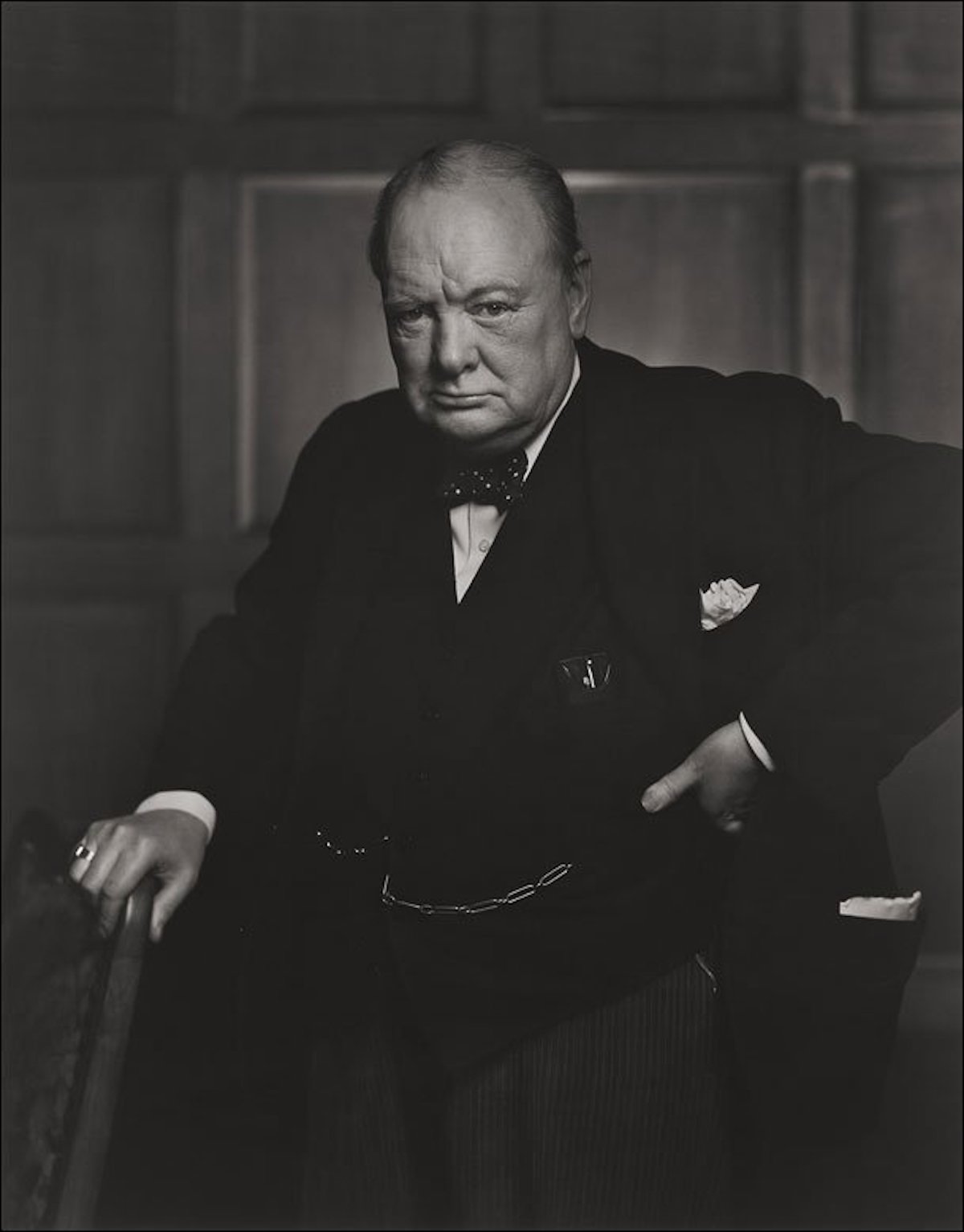
Yousuf Karsh (1908-2002), Winston Churchill, 1941
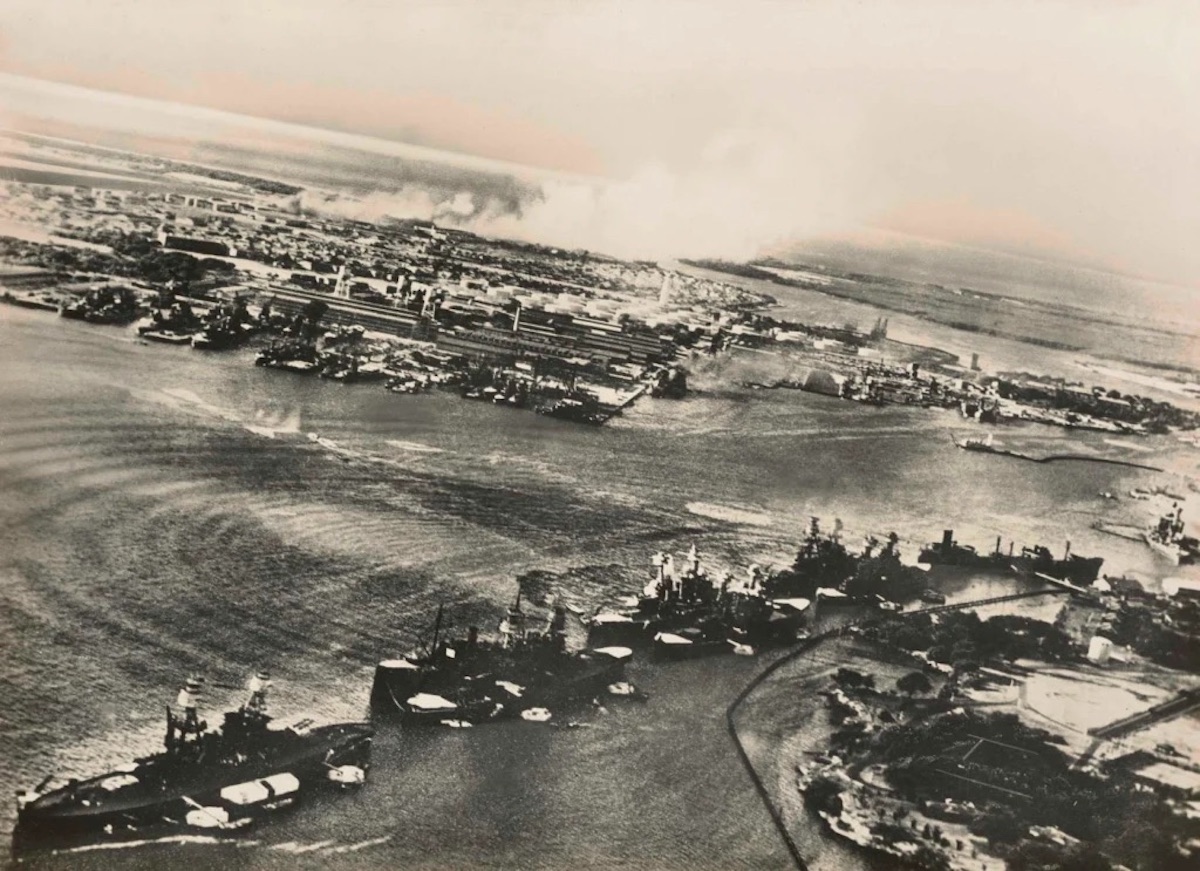
Unknown photographer (Japanese) – Japanese Torpedoes Attack Battleship Row, Pearl Harbor, December 7, 1941
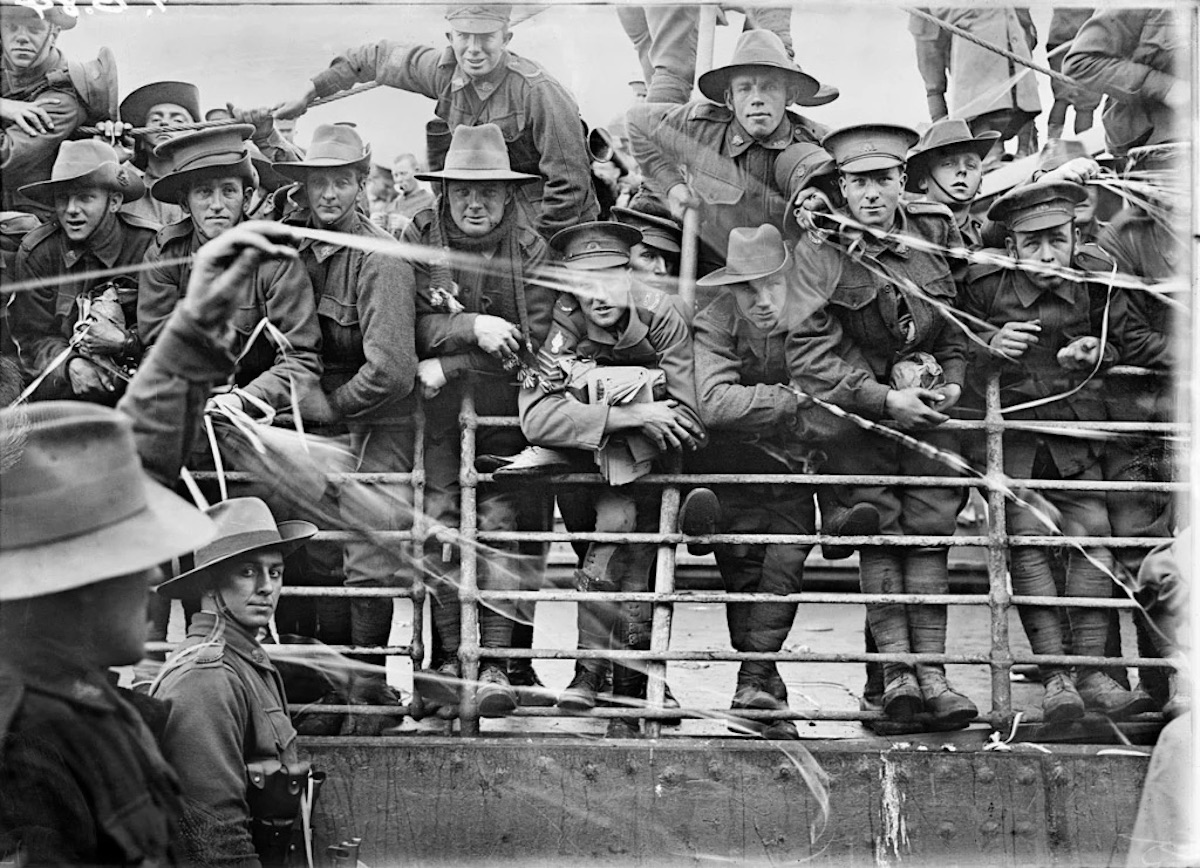
Josiah Barnes (1858-1921) – Embarkation of HMAT Ajana, Melbourne, July 8, 1916
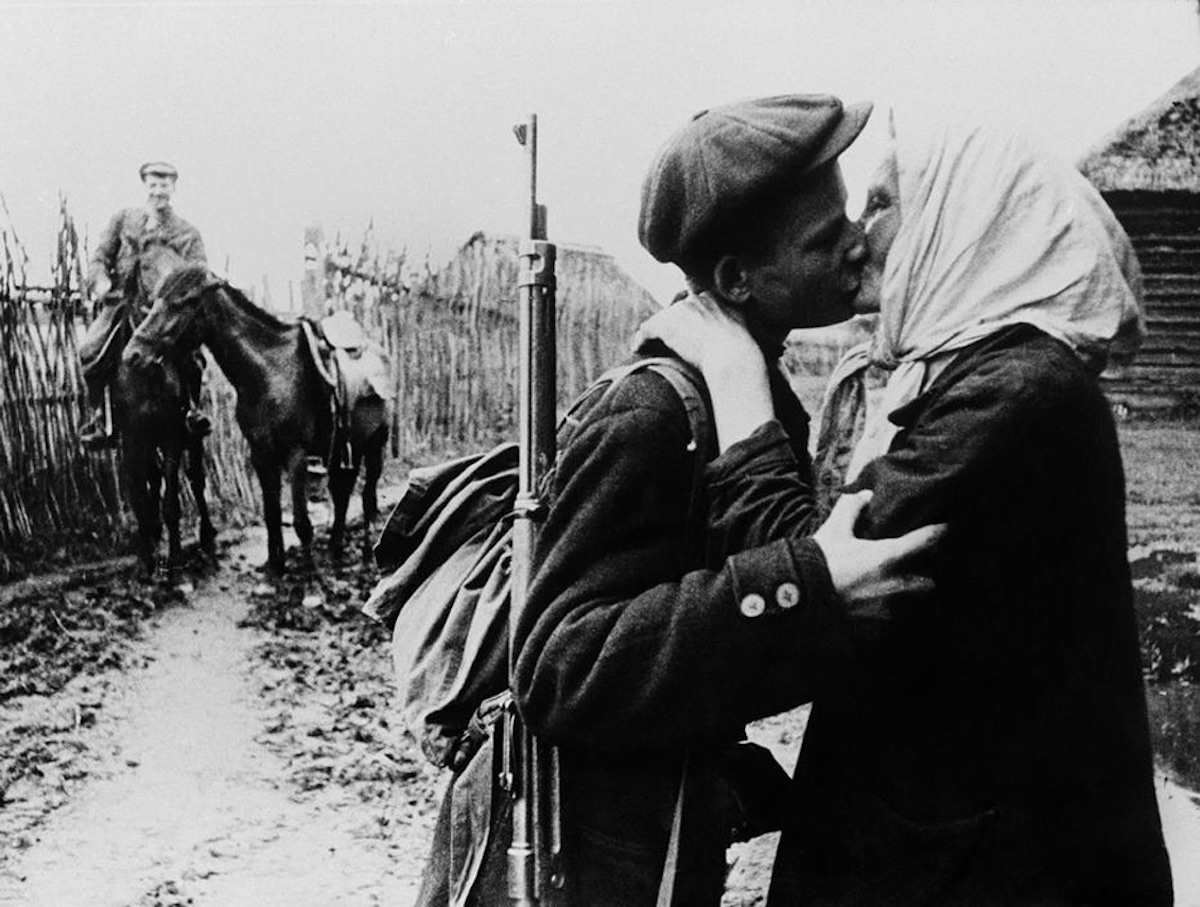
Mikhail Trakhman (1918-1976), Kolkhoz farmer M. Nikolaïeva bids her son Ivan goodbye before he joins the partisans, 1942
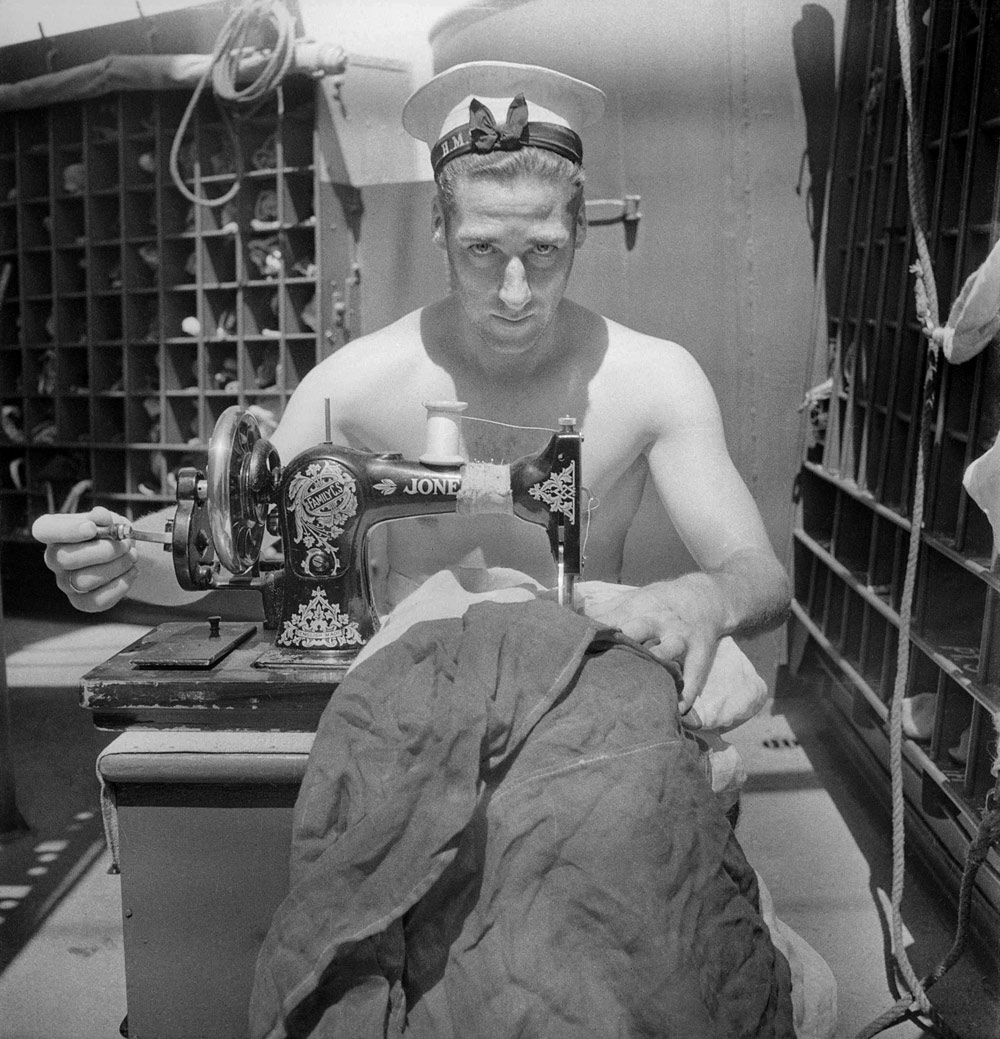
Cecil Beaton (1904-1980) A Royal Navy sailor on board HMS Alcantara uses a portable sewing machine to repair a signal flag during a voyage to Sierra Leone, March 1942
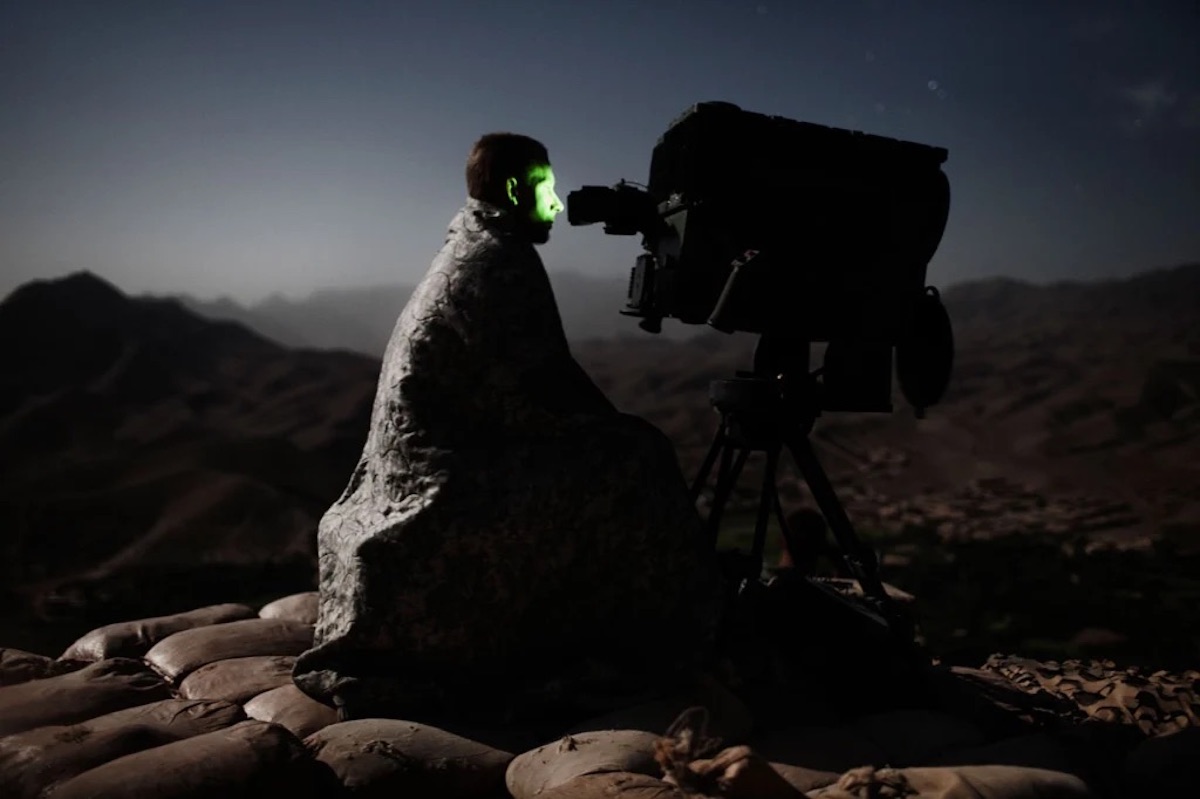
Adam Ferguson (Australian, b. 1978), September 4 2009, Tangi valley, Wardak province, Afghanistan, a soldier of the U.S. Army 10th Mountain Division was attentively monitoring a highway
“To me, this picture epitomises the abstract idea of the ‘enemy’ that exists within the U.S. led war in Afghanistan: a young infantryman watches a road with a long-range acquisition sight surveying for insurgents planting Improvised Explosive Devices. U.S. Army Infantrymen rarely knowingly come face to face with their enemy, combat is fleeting and fought like cat and mouse, and the most decisive blows are determined by intelligence gathering, and then delivered through technology that maintains a safe distance, just like a video game.”
~ Adam Ferguson
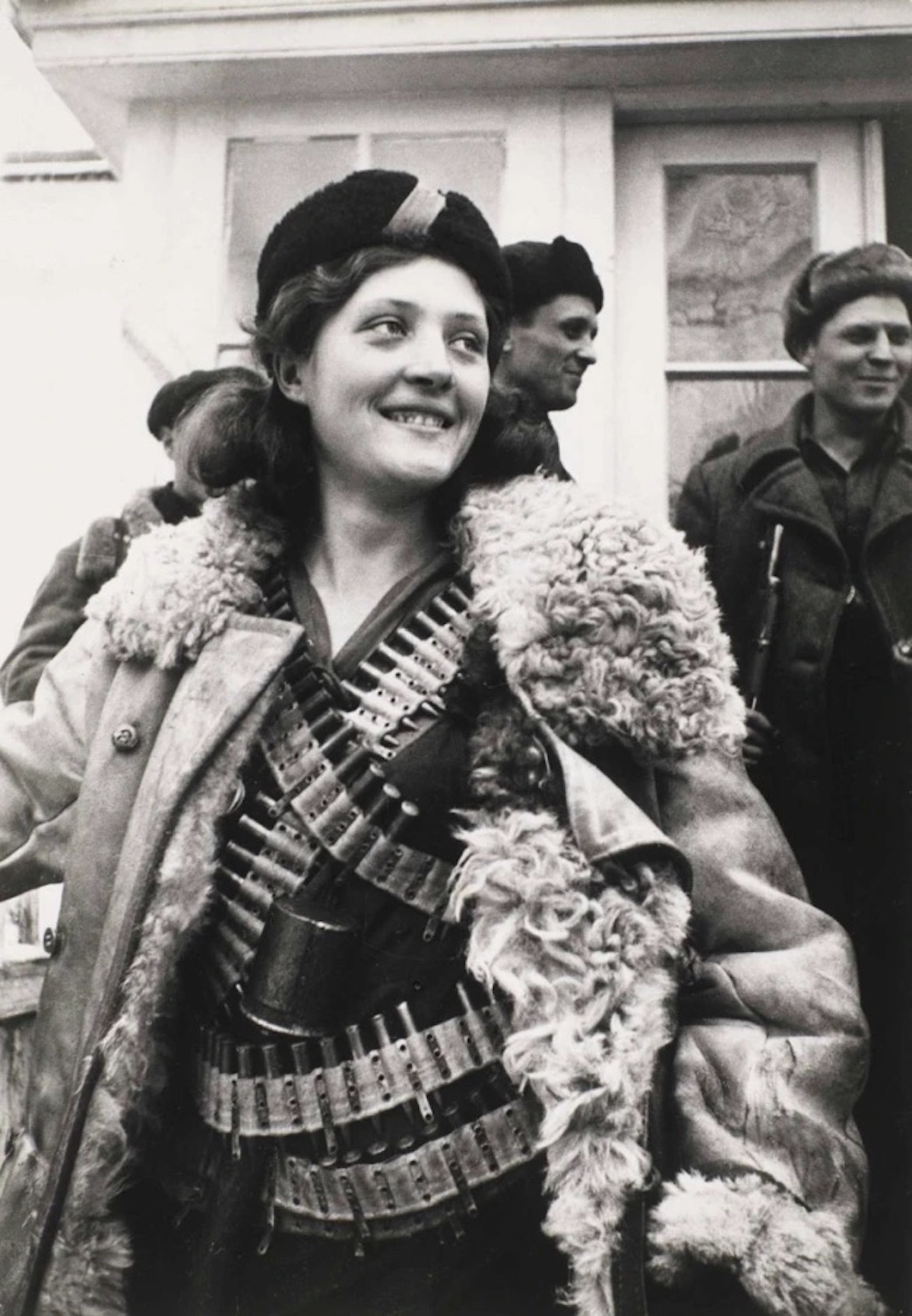
Arkady Shaikhet (1898-1959), Partisan Girl, 1942
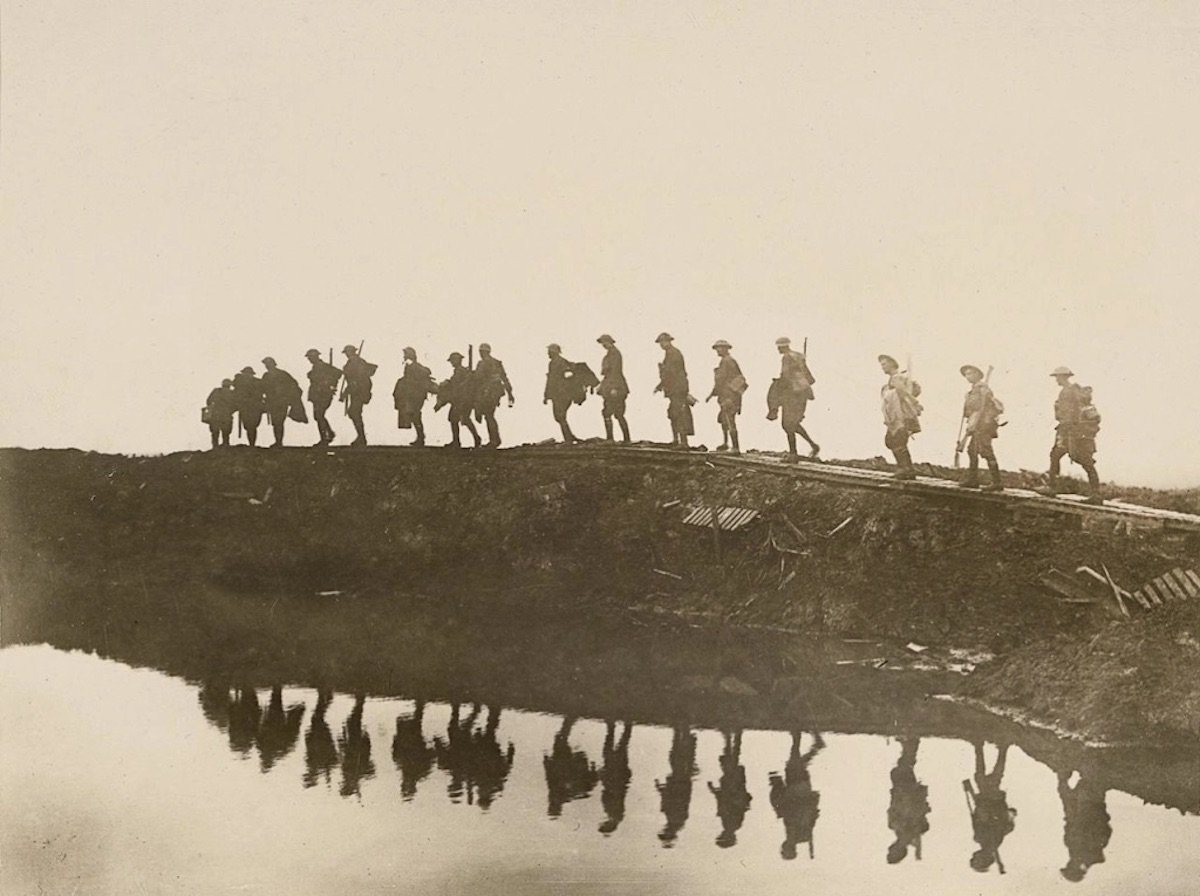
Frank Hurley (1885-1962), Supporting troops of the 1st Australian Division walking on a duckboard track, 1917
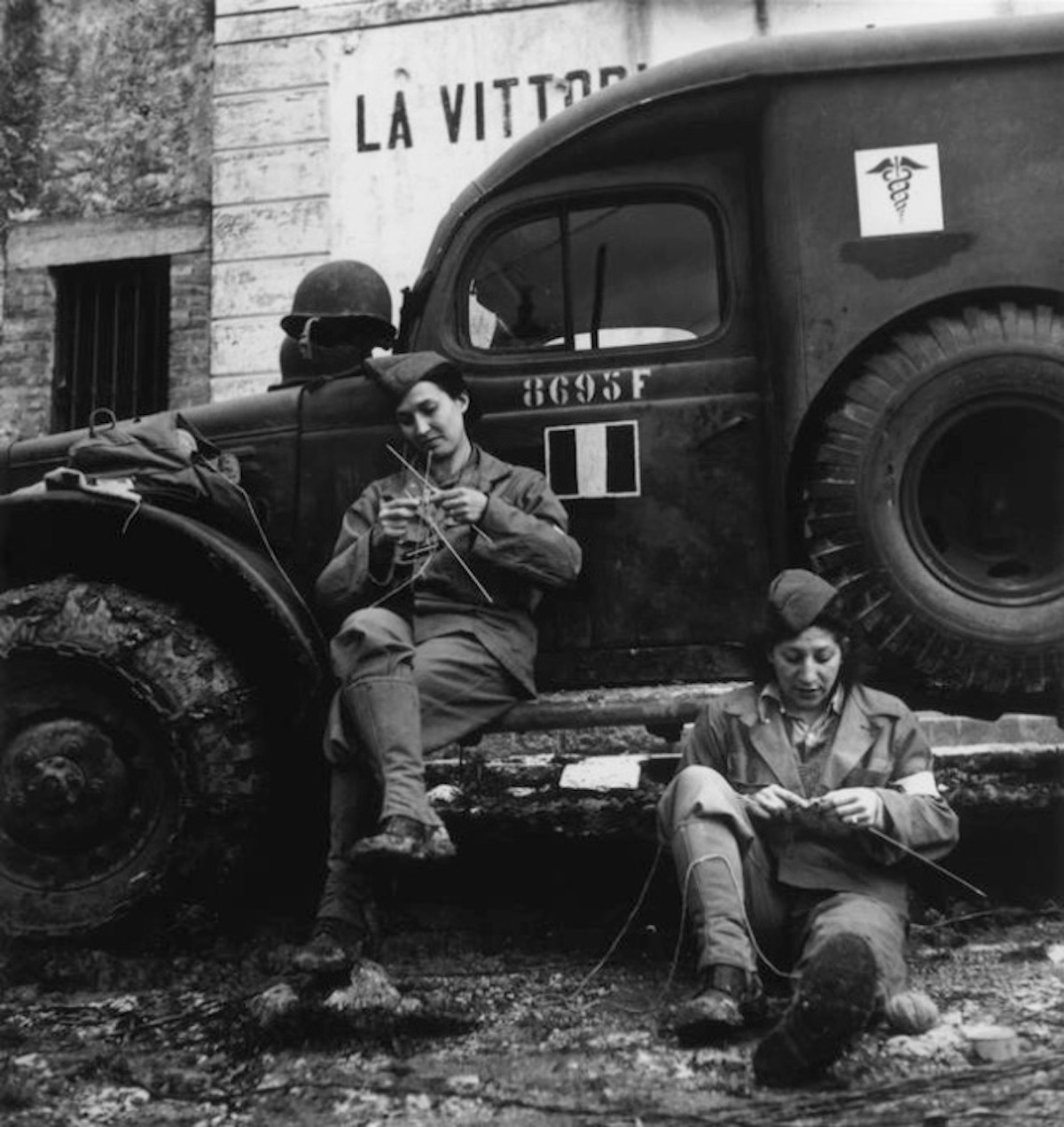
Robert Capa (1913-1954), Drivers from the French ambulance corps near the front, waiting to be called, Italy, 1944
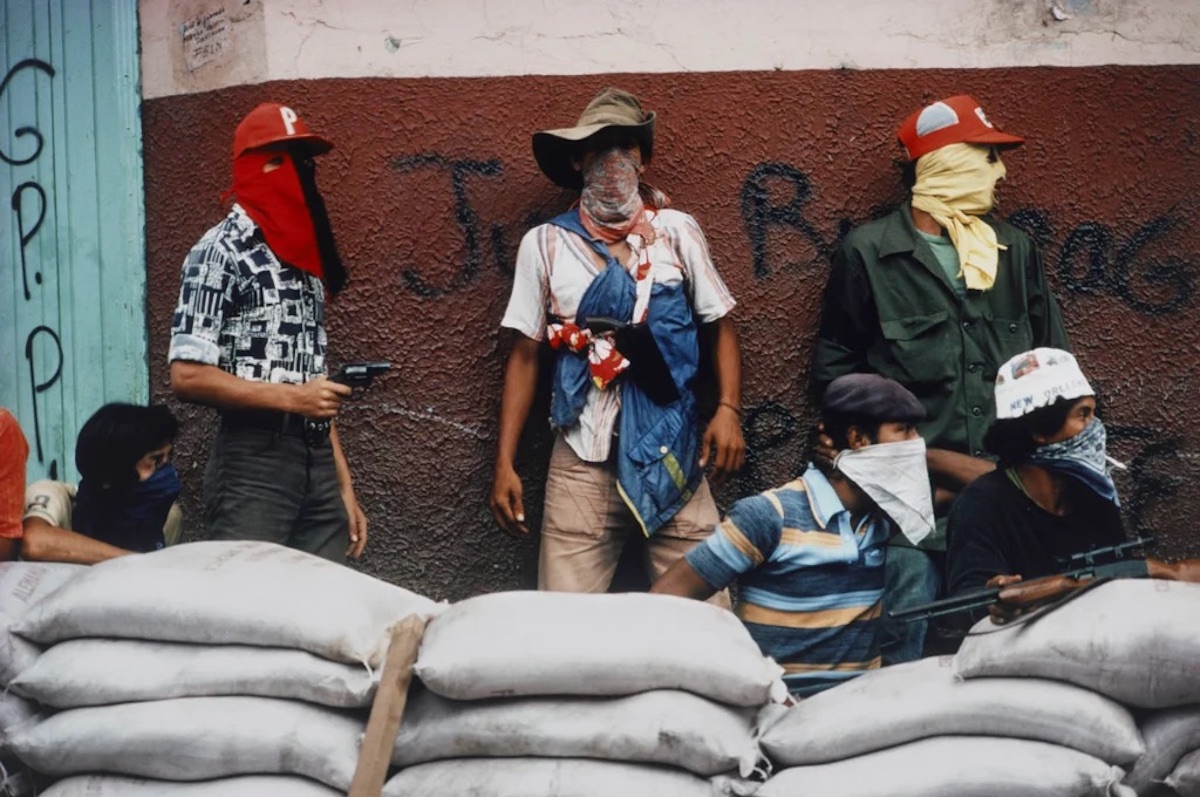
Susan Meiselas (b. 1948), Muchachos Await Counter Attack by The National Guard, Matagalpa, Nicaragua, 1978
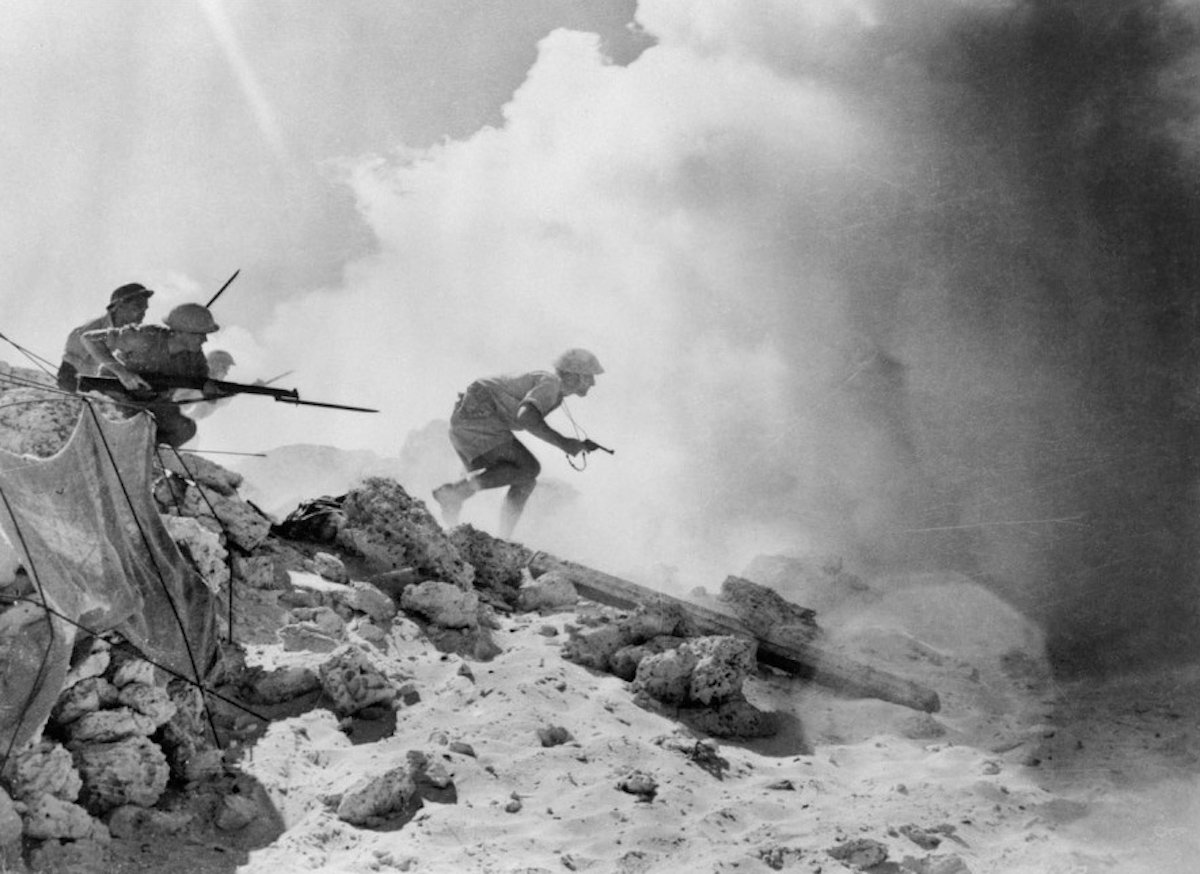
Len Chetwyn (1909-1980), Australians approached the strong point, ready to rush in from different sides, November 3, 1942
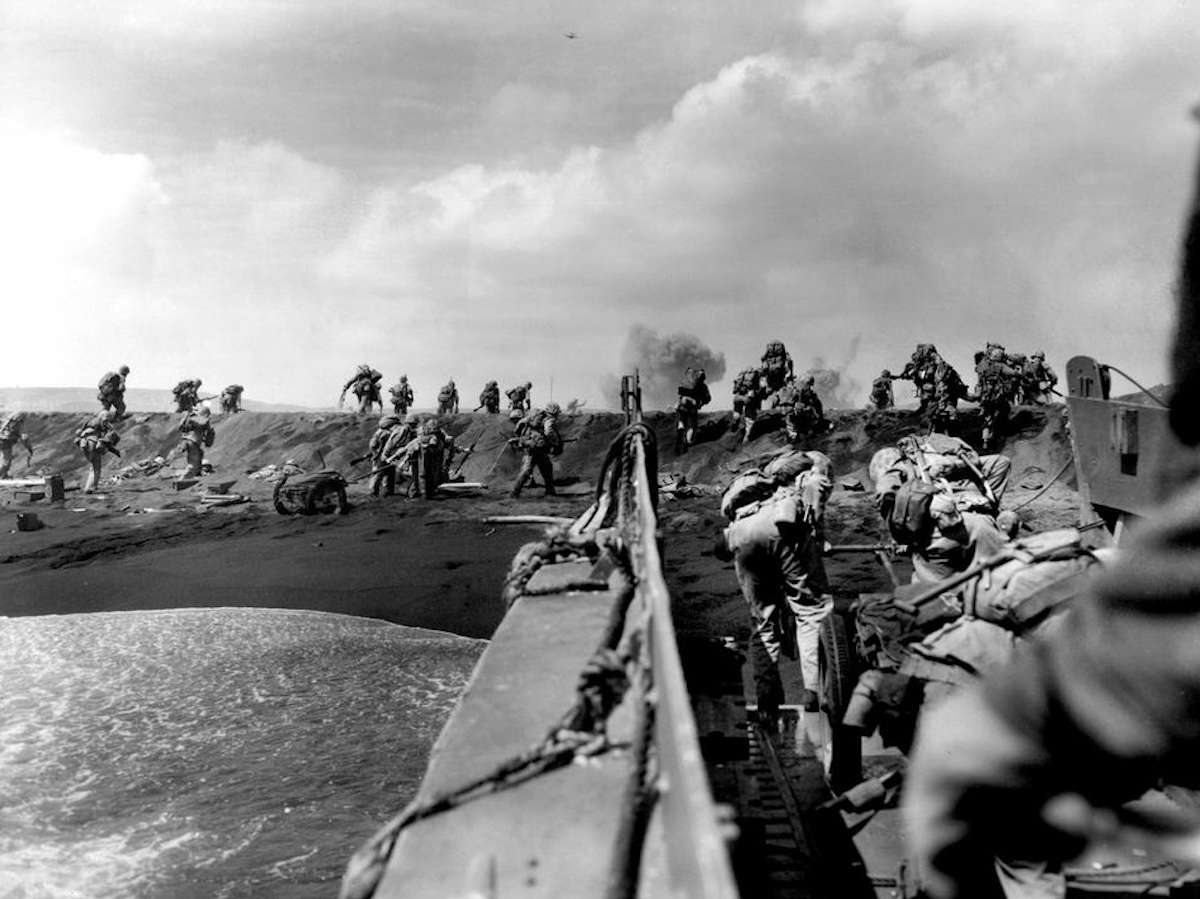
Joe Rosenthal (1911-2006), Over the Top – American Troops Move onto the Beach at Iwo Jima, February 19, 1945
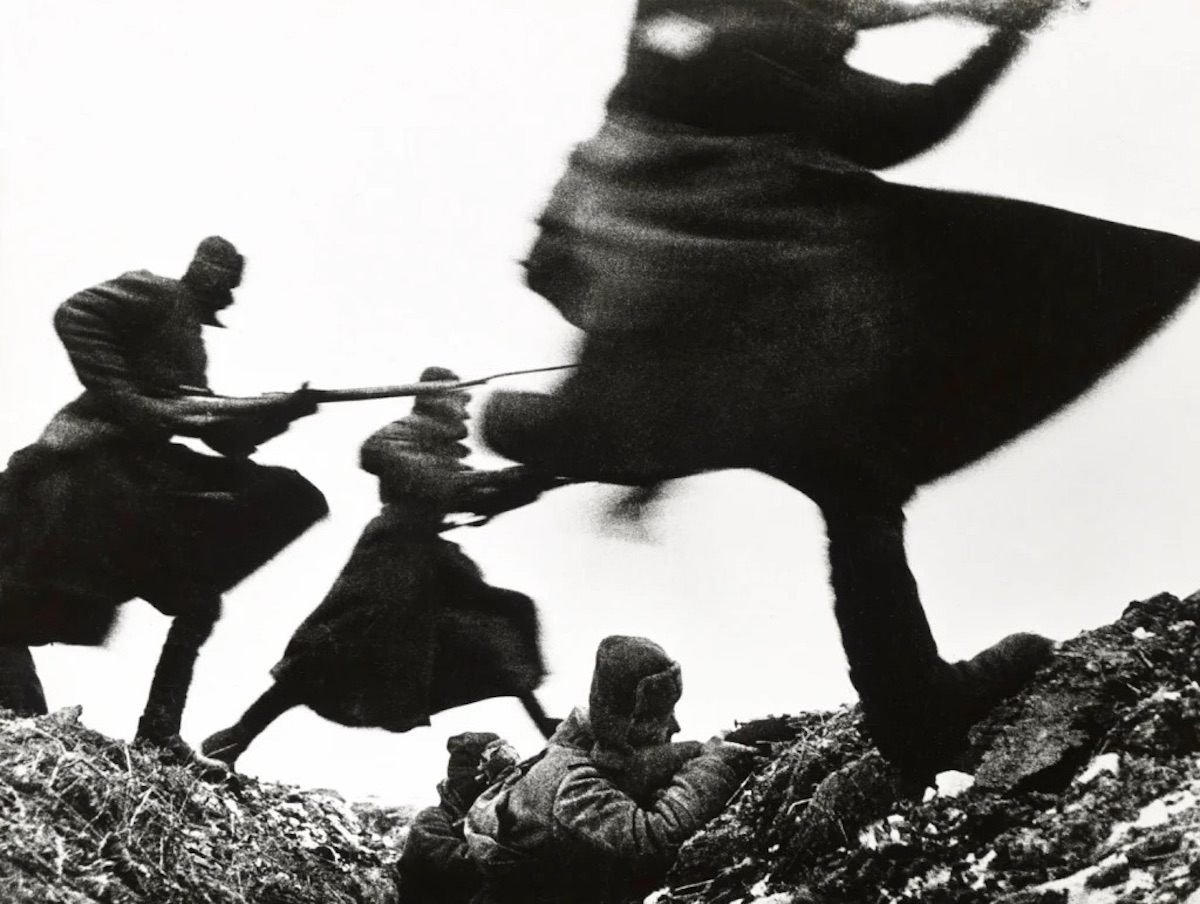
Dmitri Baltermants (1912-1990), Attack – Eastern Front WWII, 1941
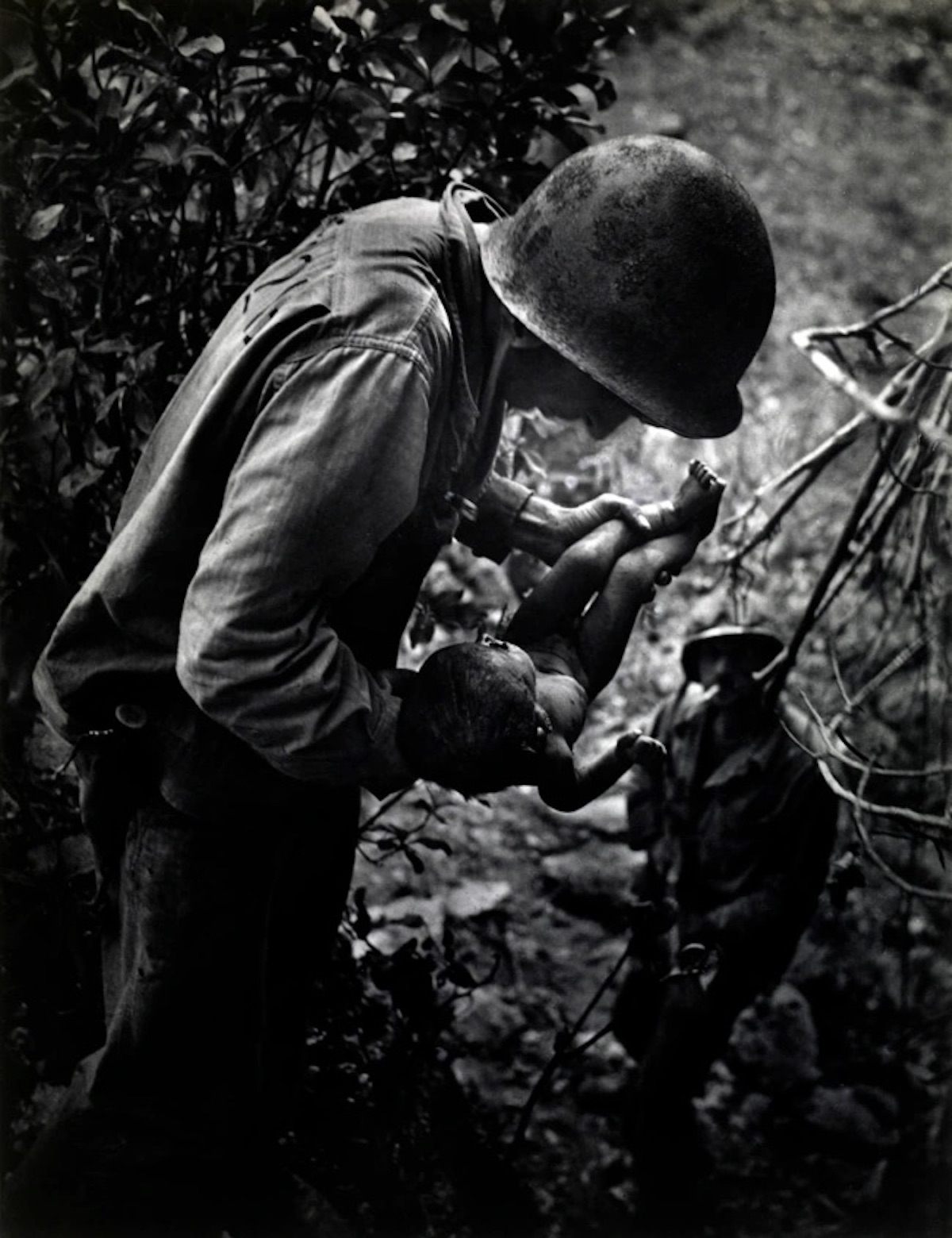
W. Eugene Smith (1918-1978), Dying Infant Found by American Soldiers in Saipan, June 1944
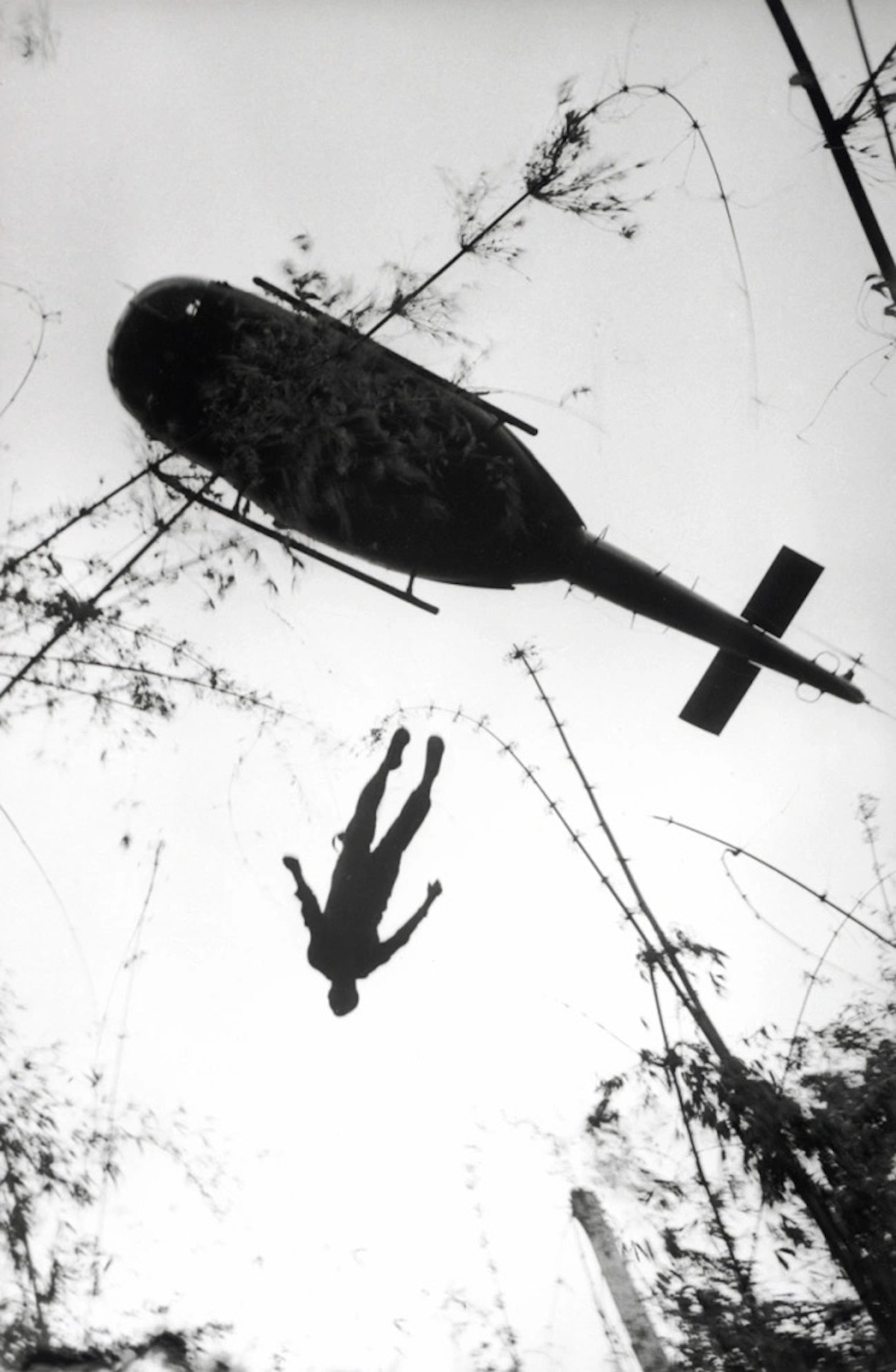
Henri Huet (1927-1971), The body of an American paratrooper killed in action in the jungle near the Cambodian border is raised up to an evacuation helicopter, Vietnam, 1966

Felice Beato (1832-1909), Angle of North Taku Fort at which the French entered, August 21-22, 1860
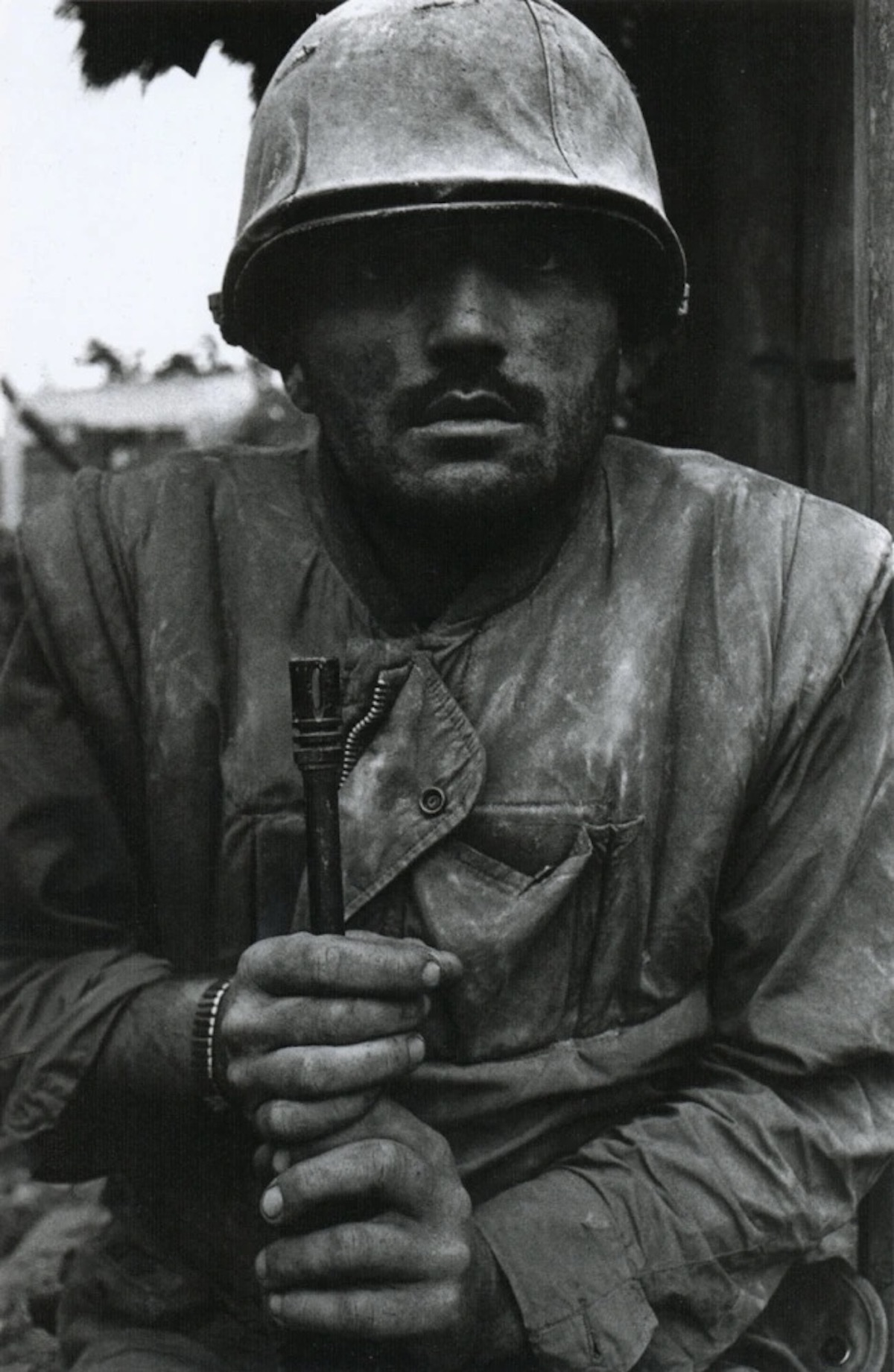
Don McCullin (b. 1935), Shell-shocked US soldier awaiting transportation away from the front line
Hue, Vietnam, 1968
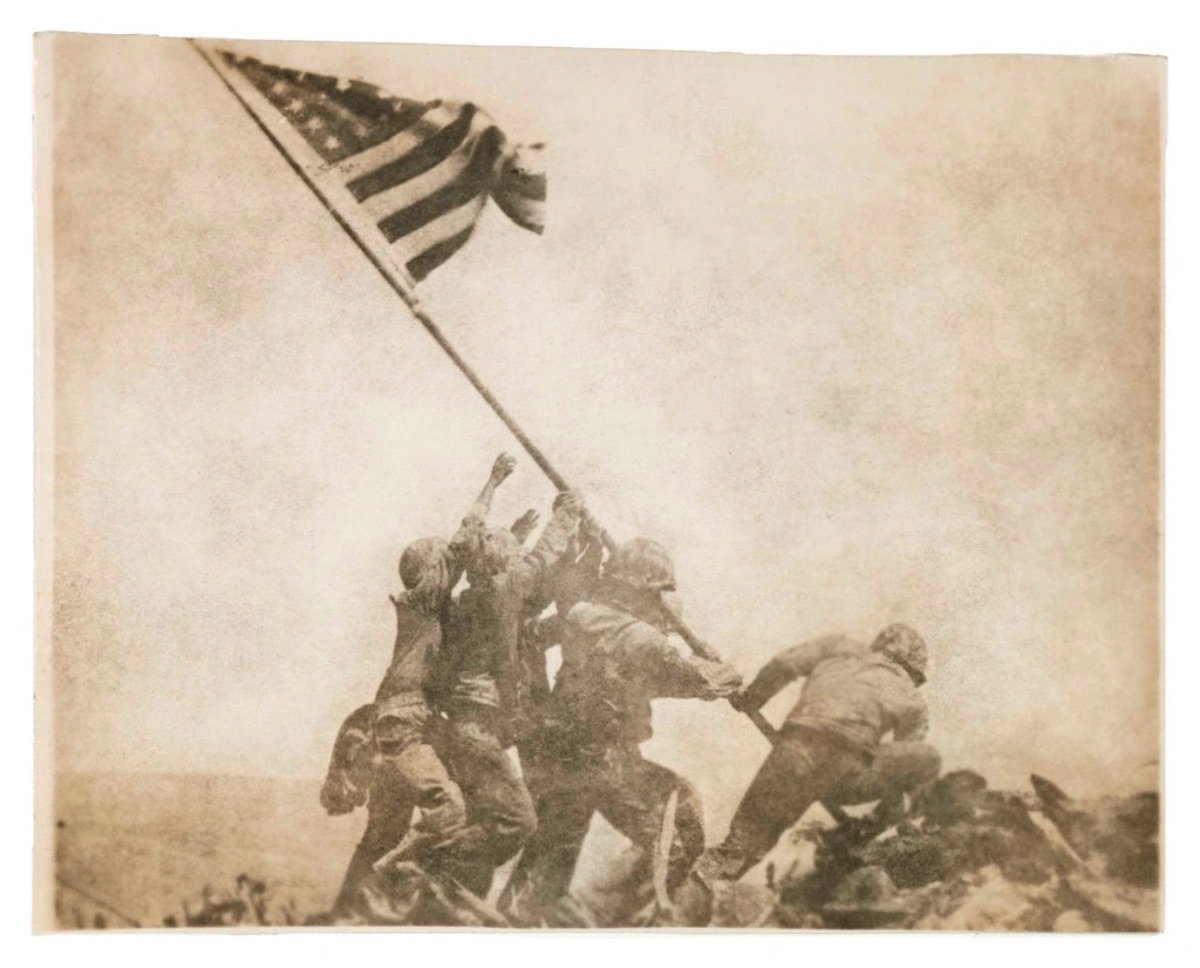
Joe Rosenthal (1911-2006), Old Glory Goes Up on Mount Suribachi, Iwo Jima, February 23, 1945
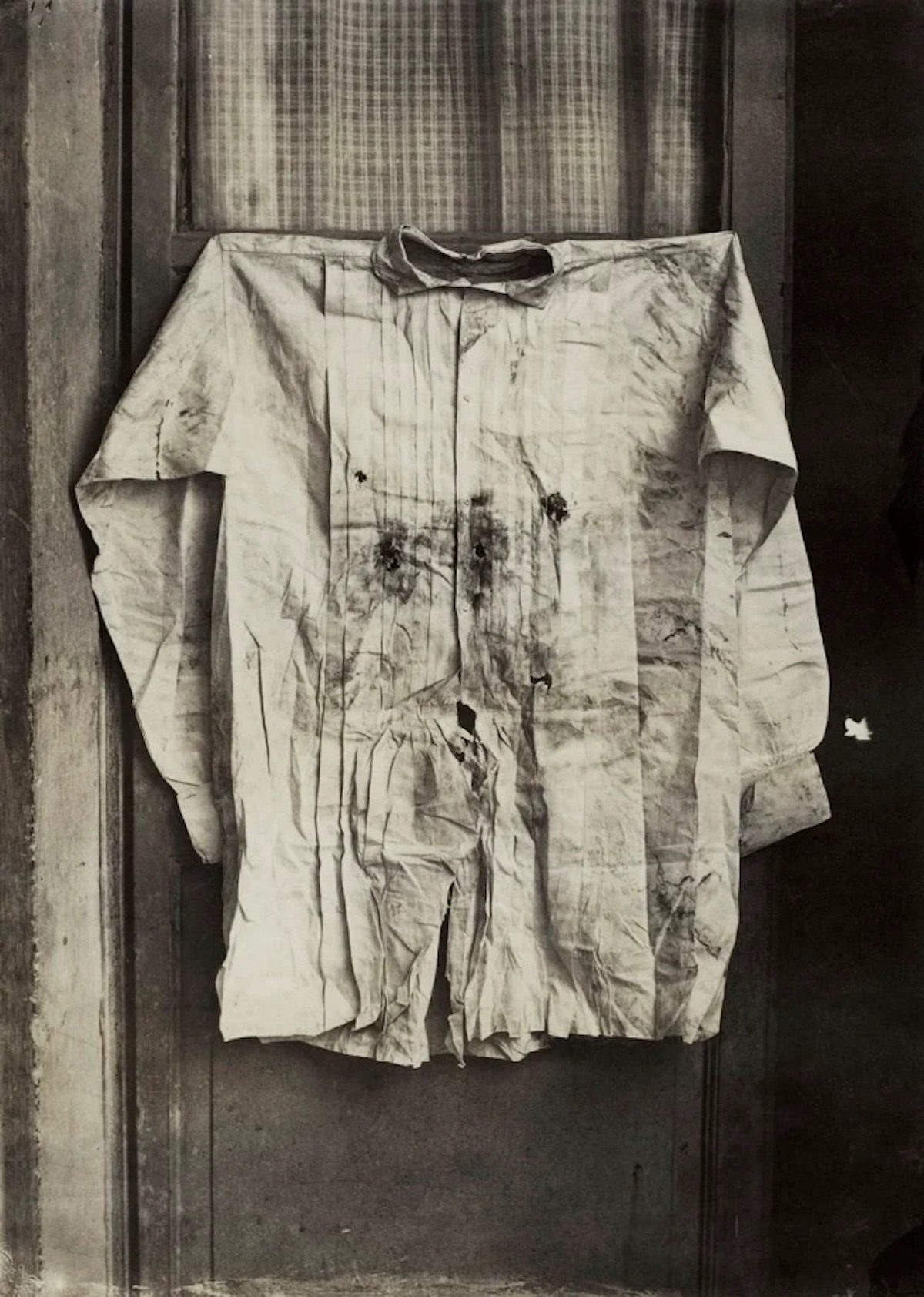
Francois Aubert (1829-1906), The Shirt of the Emperor, Worn during His Execution, Mexico, 1867
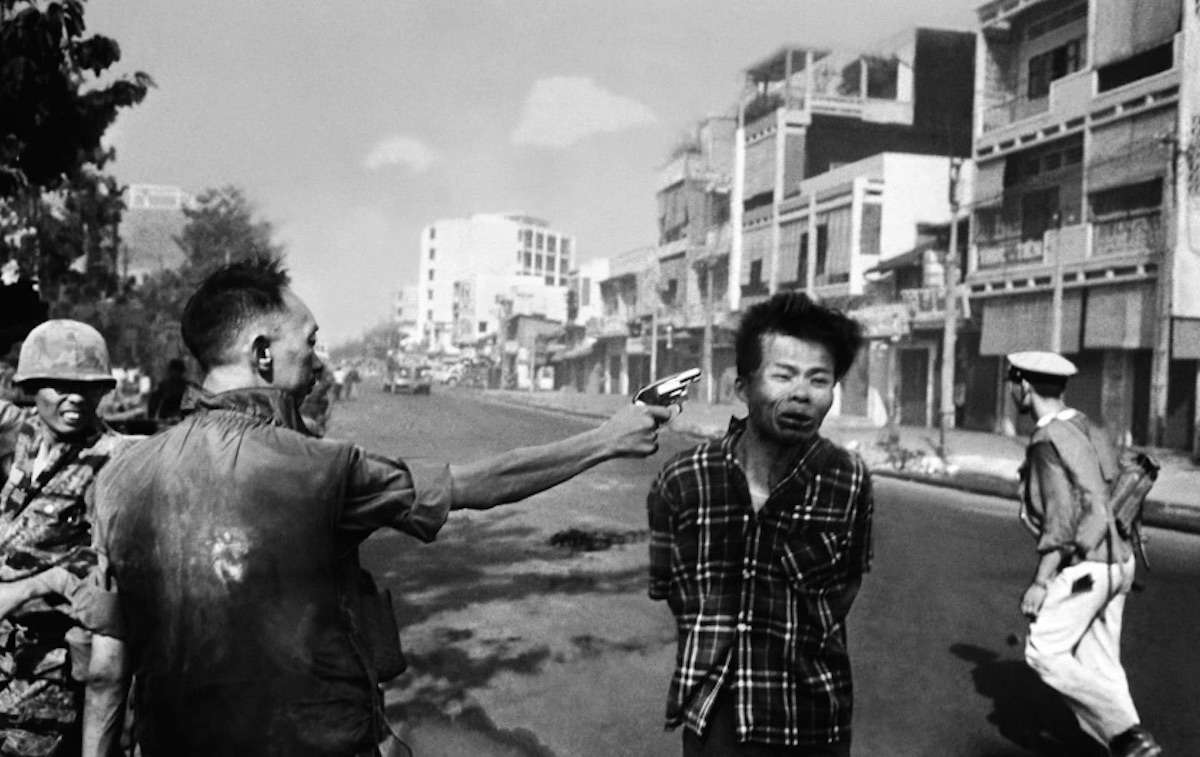
Eddie Adams (1933-2004), Saigon Execution (General Nguyen Ngoc Loan executing a Viet Cong prisoner in Saigon), February 1, 1968
“Two people died in that photograph: the recipient of the bullet and Gen. Nguyen Ngoc Loan. The general killed the Viet Cong; I killed the general with my camera. Still photographs are the most powerful weapon in the world. People believe them; but photographs do lie, even without manipulation. They are only half-truths. … What the photograph didn’t say was, ‘What would you do if you were the general at that time and place on that hot day, and you caught the so-called bad guy after he blew away one, two or three American people?”
– Eddie Adams
For Adams, the lie was the omission of context – that the plainclothes Lem had allegedly just been caught having murdered not only South Vietnamese police but their civilian family members; that Loan was a good officer and not a cold-blooded killer… Like any great work of art, Adams’ serendipitous photograph took on a life of its own… and a tapestry of meanings richer than its creator could ever have intended.
– Source
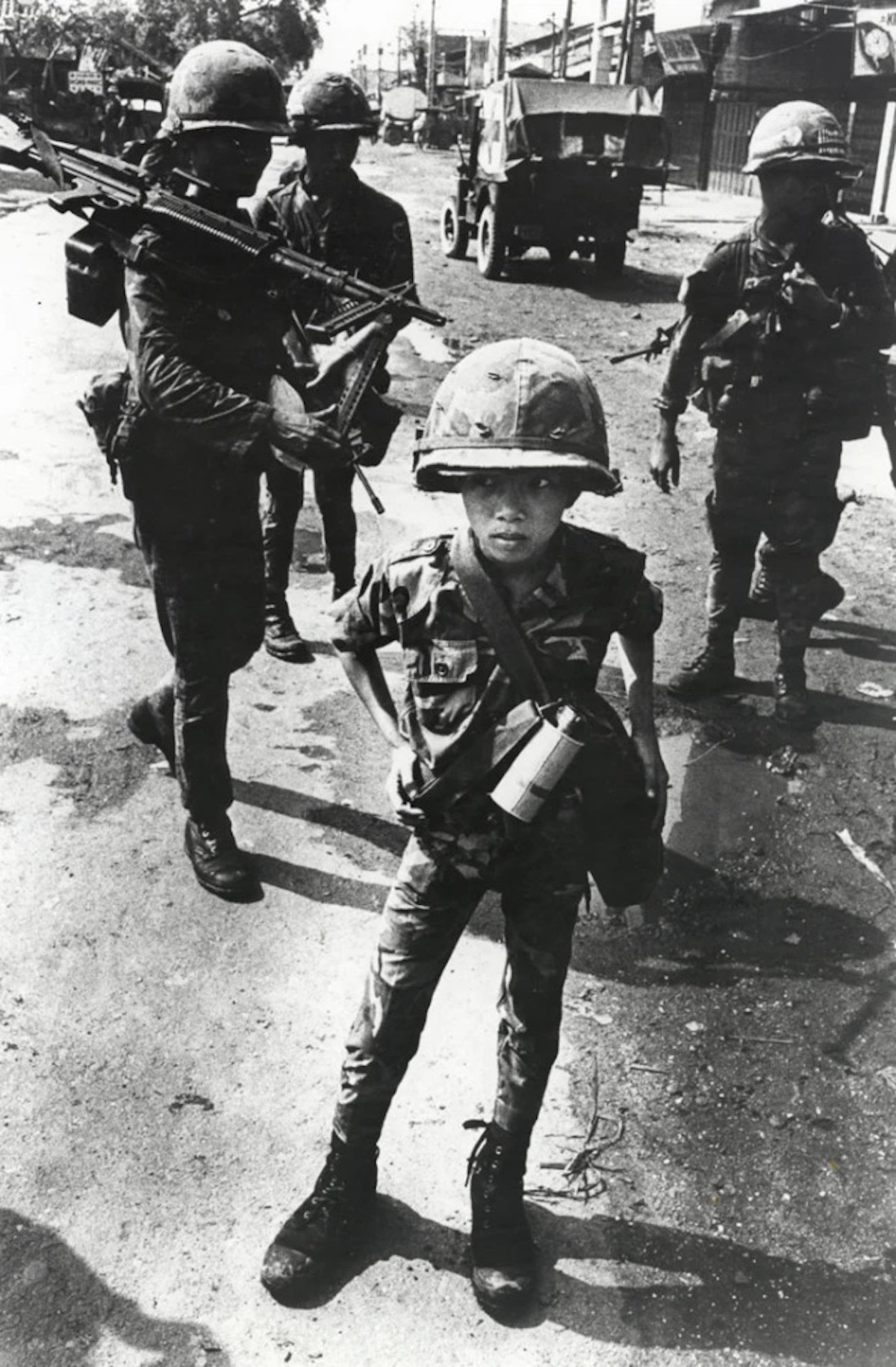
Philip Jones Griffiths (1936-2008) Called “Little Tiger” for killing two “Vietcong women cadre” – his mother and teacher, it was rumored, Vietnam 1968
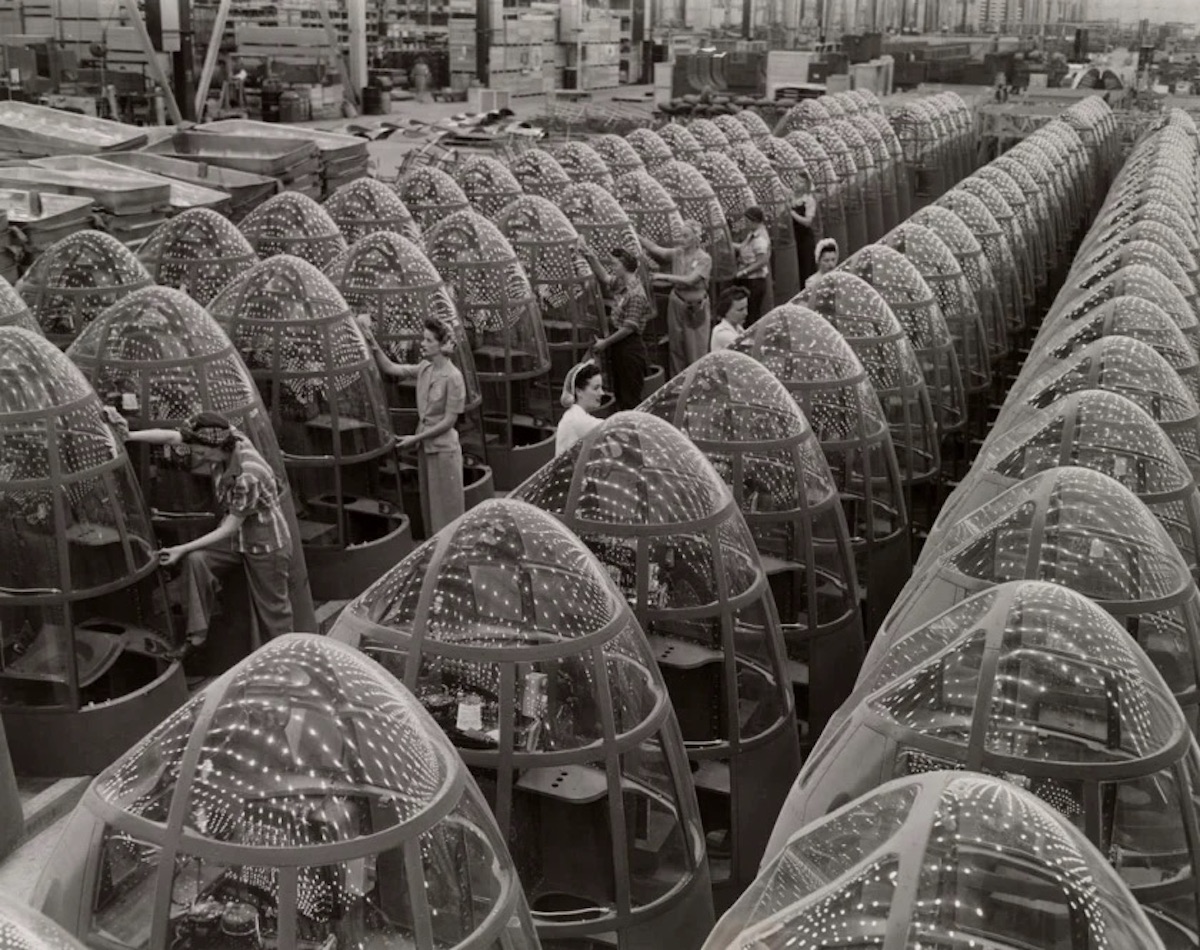
Alfred Palmer (1906-1993) Women aircraft workers finishing transparent bomber noses for fighter and reconnaissance planes at Douglas Aircraft Co. Plant in Long Beach, California, 1942

Vo Anh Khanh (1936-2023), A Cambodian guerrilla is carried to an improvised operating room in a mangrove swamp in this Viet Cong haven on the Ca Mau Peninsula, 1970, © National Geographic Society
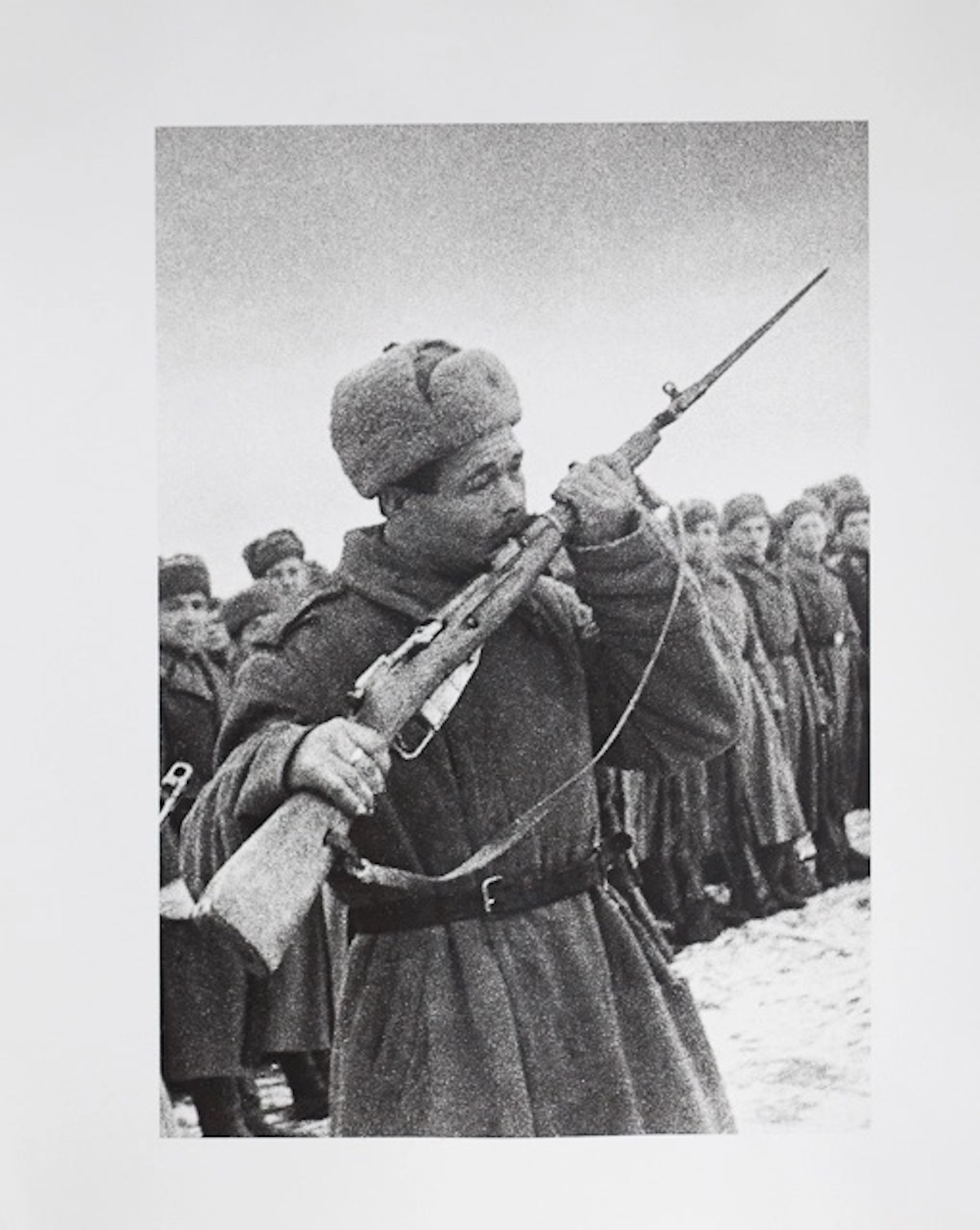
Mark Borisovich Markov-Grinberg (1907-2003), The Oath of War (Soviet soldier kissing his rifle), 1939
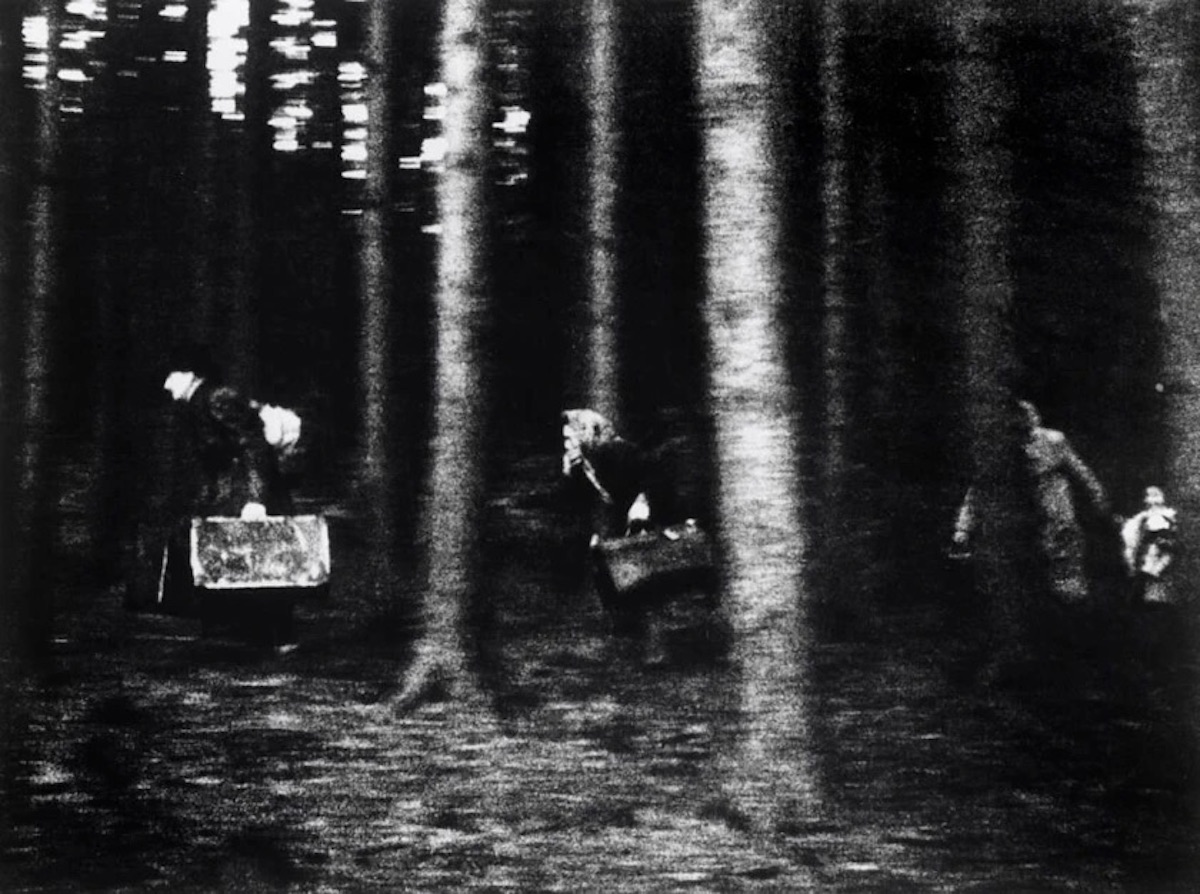
Hilmar Pabel (1910-2000), A family flees across the border in the Bavarian Forest to the West, 1948-1949

Richard Avedon (1923-2004) Napalm Victim #1, Saigon, South Vietnam, April 29, 1971
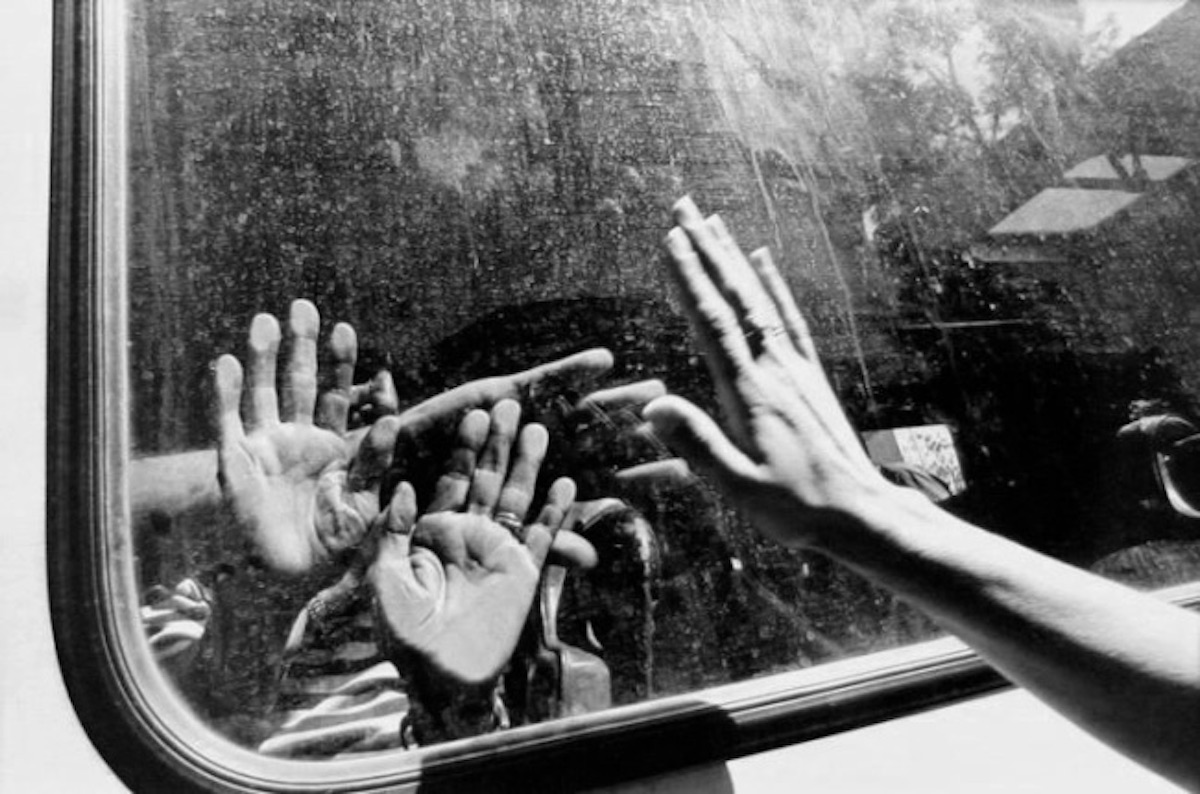
Gilles Peress (b. 1946), Evacuation of the Jews, Skanderia, Sarajevo, Bosnia,1993
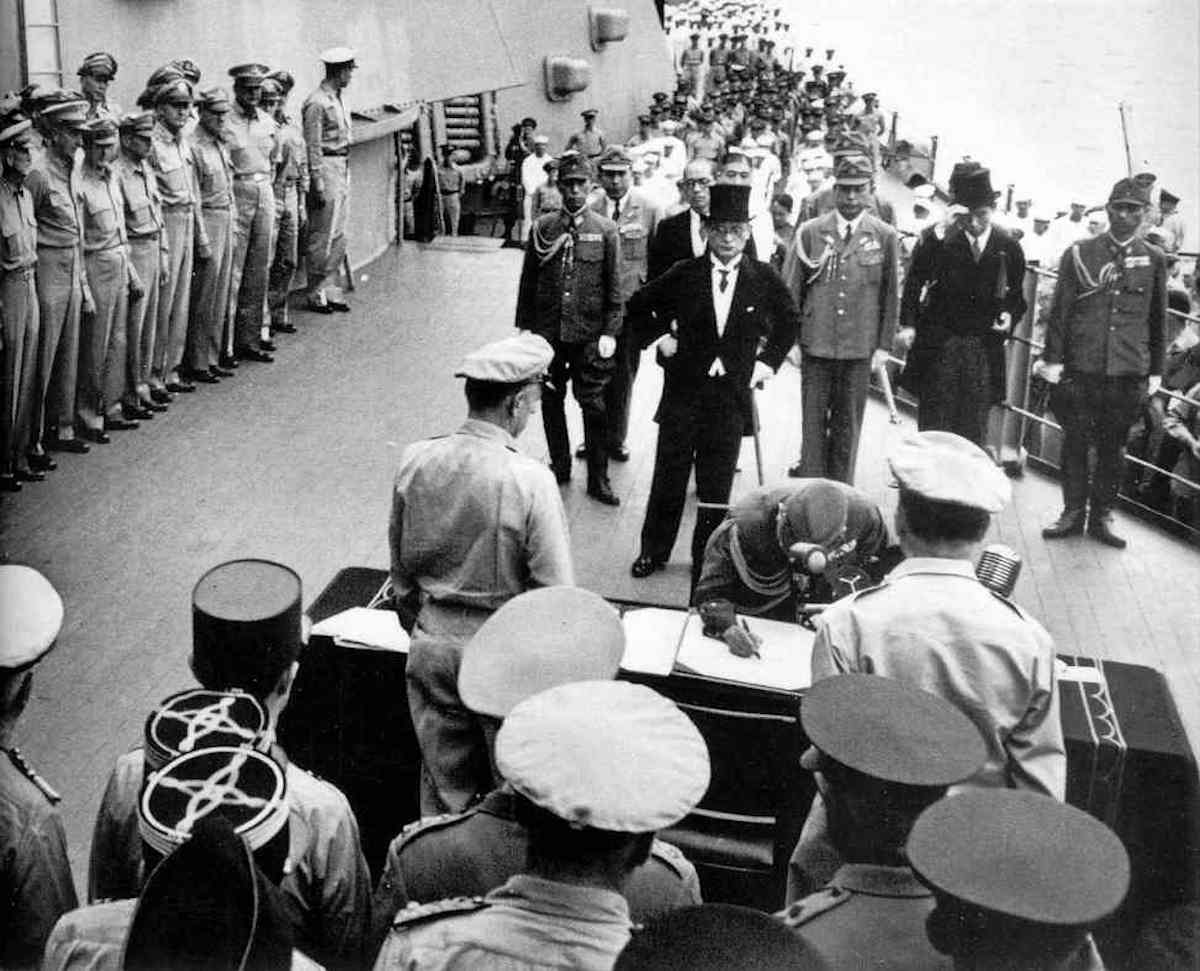
Carl Mydans (1907-2004) Japanese signing peace documents on board the ‘USS Missouri’ 1945
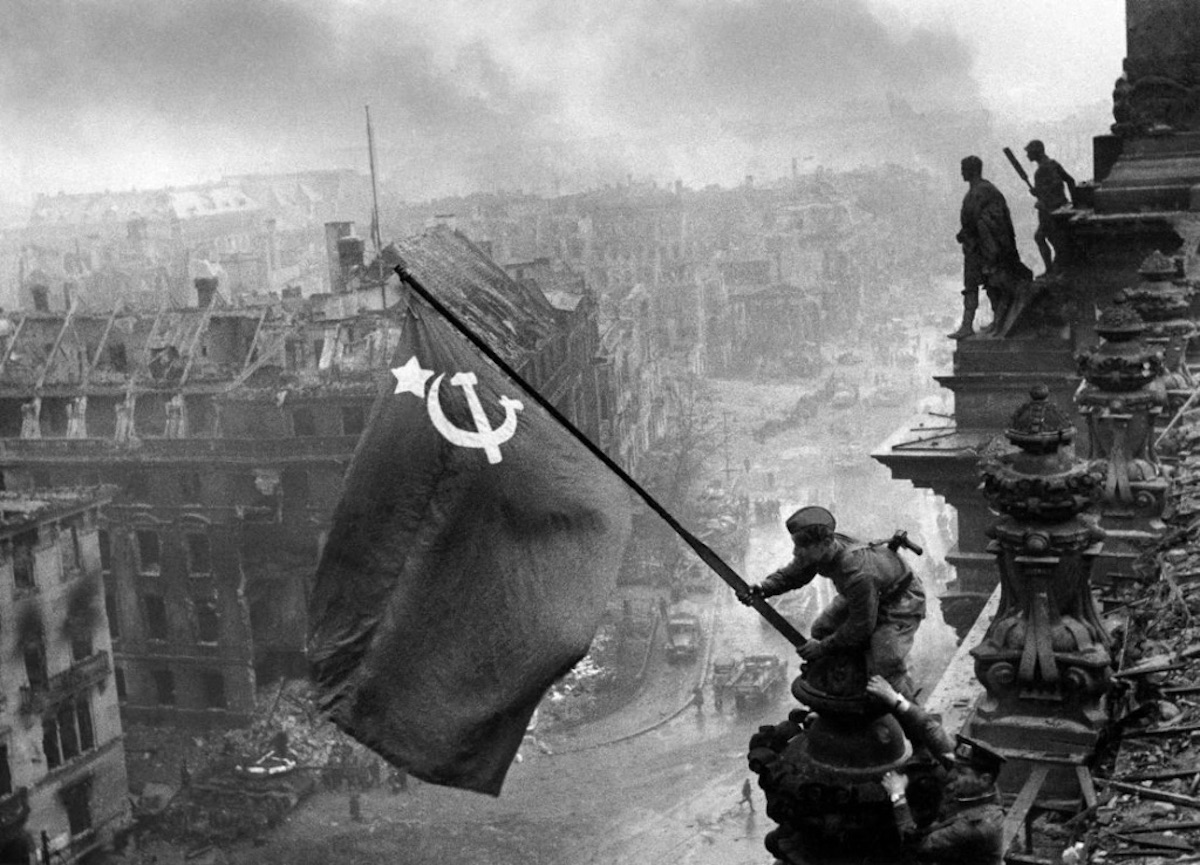
Evgeny Khaldey (1917-1997) The Flag of Victory 1945

Dmitri Baltermants (1912-1990) Grief, Kerch, Crimea Spring 1942
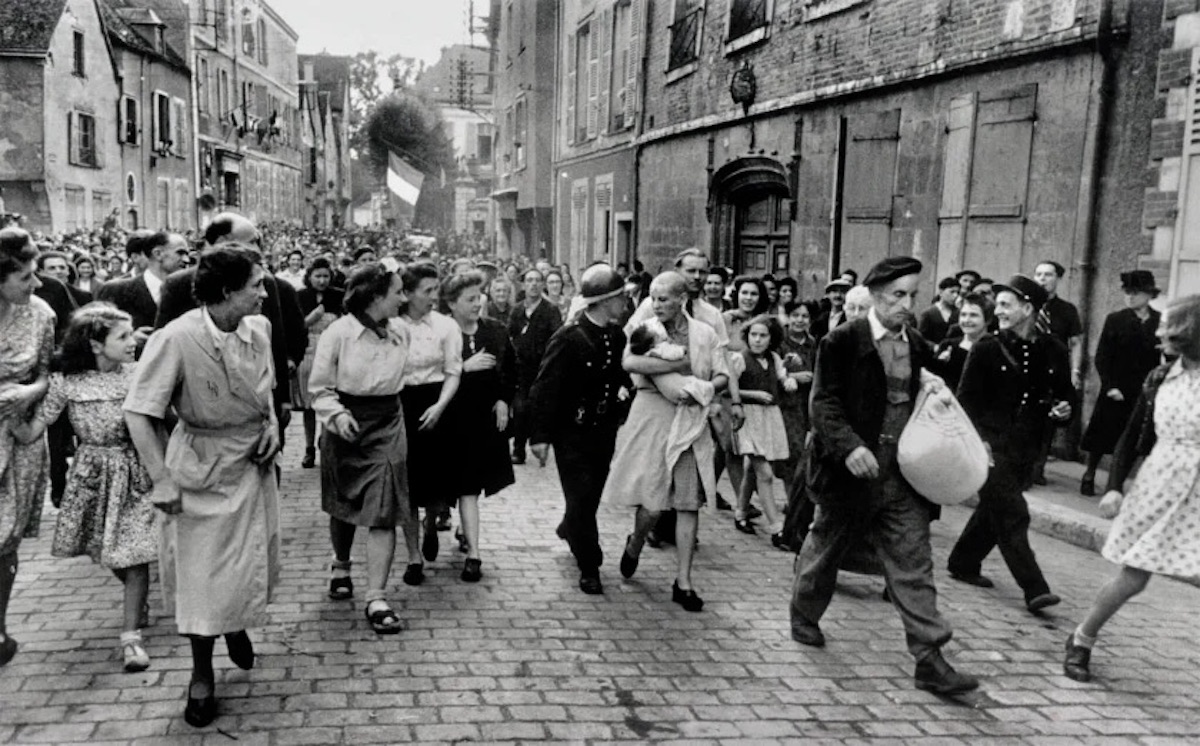
Robert Capa (1913-1954) Collaborator woman who had a German soldier’s child, Chartres, 18 August 1944
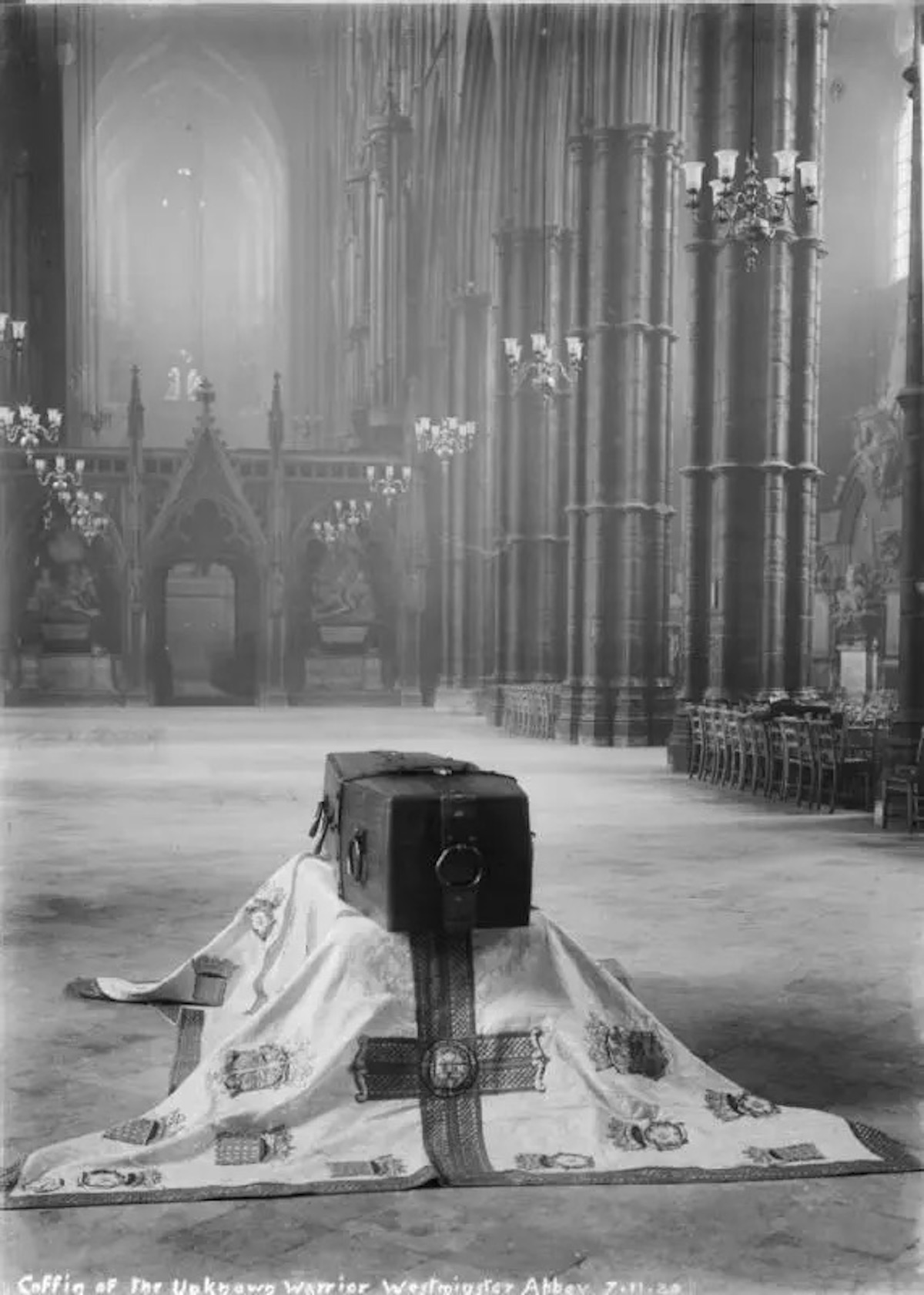
Horace Nicholls (English, 1867-1941) The Unknown Warrior at Westminster Abbey, London, November 1920 1920
Via: ArtBlart, MFAH, Brooklyn Musem,
Would you like to support Flashbak?
Please consider making a donation to our site. We don't want to rely on ads to bring you the best of visual culture. You can also support us by signing up to our Mailing List. And you can also follow us on Facebook, Instagram and Twitter. For great art and culture delivered to your door, visit our shop.

![Roger Fenton (British, 1819-1869)The artist’s van [Marcus Sparling, full-length portrait, seated on Roger Fenton’s photographic van] 1855 Salted paper print 17.5 × 16.5cm Library of Congress, Prints & Photographs Division](https://flashbak.com/wp-content/uploads/2025/04/roger-fenton-van.jpeg)



